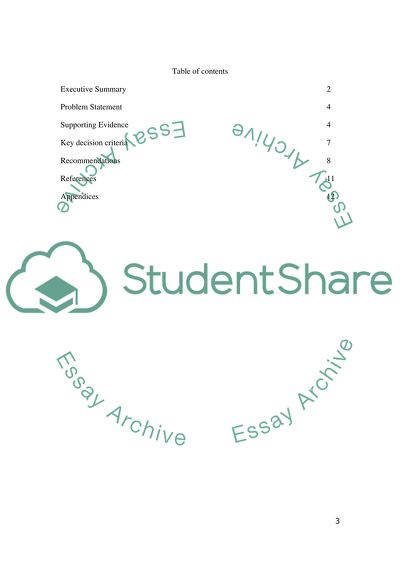Cite this document
(“Company analysis - Bancolombia Essay Example | Topics and Well Written Essays - 4000 words”, n.d.)
Retrieved from https://studentshare.org/marketing/1404295-case-analysis-the-case-study-for-this-assessment
Retrieved from https://studentshare.org/marketing/1404295-case-analysis-the-case-study-for-this-assessment
(Company Analysis - Bancolombia Essay Example | Topics and Well Written Essays - 4000 Words)
https://studentshare.org/marketing/1404295-case-analysis-the-case-study-for-this-assessment.
https://studentshare.org/marketing/1404295-case-analysis-the-case-study-for-this-assessment.
“Company Analysis - Bancolombia Essay Example | Topics and Well Written Essays - 4000 Words”, n.d. https://studentshare.org/marketing/1404295-case-analysis-the-case-study-for-this-assessment.


